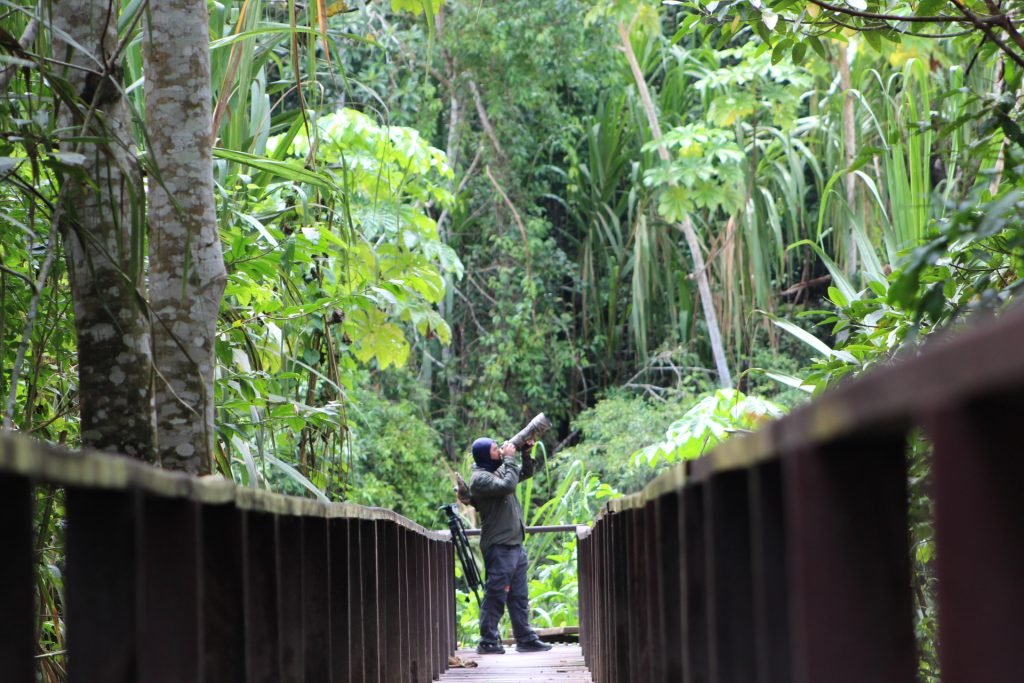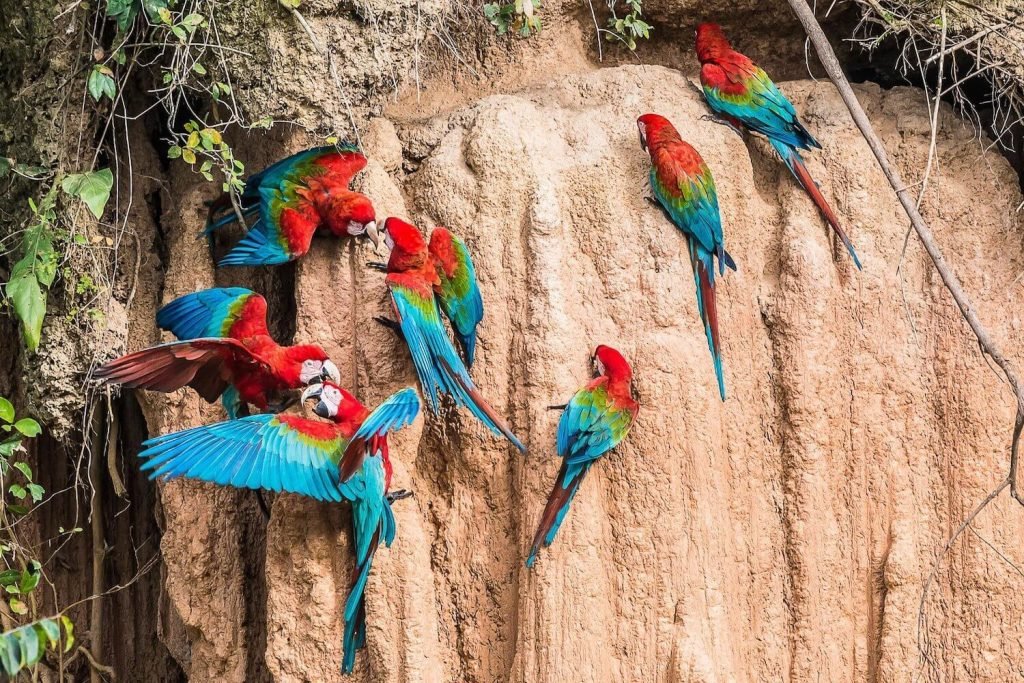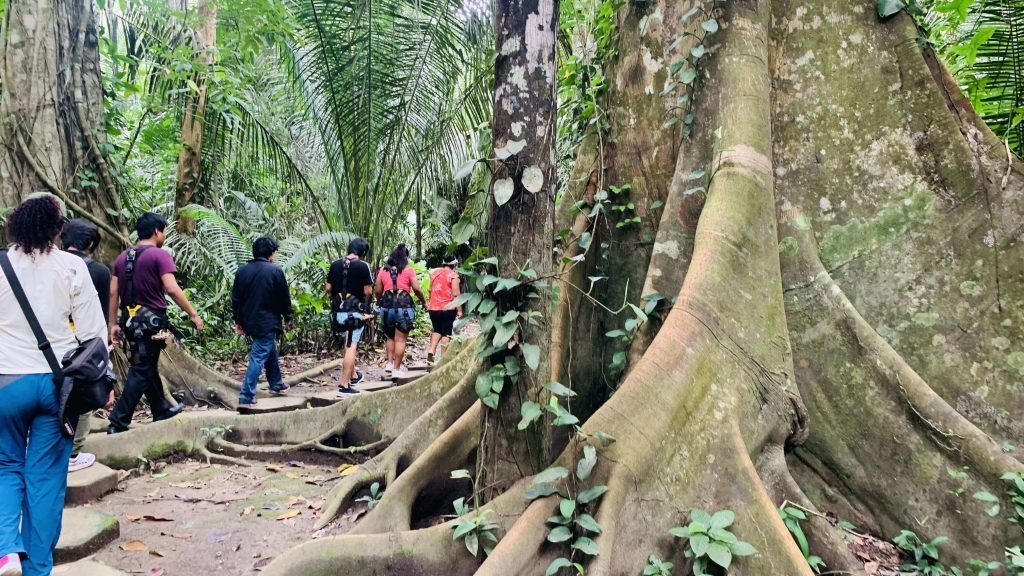The Republic of Peru, the official name of the South American country we usually call Peru, is subdivided into 25 regions and is bordered by Ecuador, Colombia, Brazil, Bolivia and Chile, and is bathed by the Pacific Ocean in its western part. One of the large regions into which the country is divided is the Department of Madre de Dios, located in the east. In this region is the province or district of Tambopata. The capital of Tambopata and Madre de Dios is the city of Puerto Maldonado. The province of Tambopata has an estimated population of 67,280 inhabitants and is sparsely populated, with an average population density of 1.9 inhabitants per square kilometer, according to the 2005 census.
What does the word Tambopata mean?
In Quechua, an important indigenous language of South America and one of the official languages of Bolivia, Peru and Ecuador, “Tambo” means “Structure” and “Pata” means “High place”, thus giving rise to the name of the Tambopata River, which originates in the highlands near Lake Titicaca, in Puno, and then continues towards the lower part of the country. Thus, Tambopata is the name of the river, the province, the reserve and the research center.
The Tambopata province is the place of origin of the “Ese Eja” people (a name that means People), a native community that has lived in the region since ancient times. Most of them live from hunting, fishing and agriculture, but some are already involved in commerce and tourism.

Tambopata National Reserve
Tambopata is also home to the second largest forest reserve in the Peruvian Amazon, the Tambopata National Reserve, which contains some of the highest biodiversity in the world and is home to many species of birds, reptiles, amphibians, mammals and diverse plant species. The jungle is made up of forests, mangroves and swamps and has dense trees that can reach more than 30 meters in height. The entire reserve is bathed by the river of the same name, the Tambopata River, with a total length of 402 kilometers.
Tambopata Research Center
Just inside the reserve is the Tambopata Research Centre, a research center that was created inside the forest even before it was declared a national reserve in 1996. It has an excellent physical structure, with rooms built of wood and based on native architecture, electricity, Internet and hot water 24 hours a day, and attracts hundreds of students, researchers and tourists. The Tambopata Research Centre is the farthest and only lodge within the reserve.

Ecosystem protection and conservation
Although the research center is in the middle of the jungle, everything is very well controlled and preserved. The objective of the Tambopata Research Center is to protect, reconvert and maintain the area, inhabited only by natives and rangers, keeping the ecosystem intact and preserved. Being a remote and sparsely inhabited area, the biodiversity and wildlife live in freedom and become an attraction for tourists from all over the world. Hiking trails, lodge accommodation, boat trips and nature observation are just some of the possibilities offered here.
One of the great attractions is the Macaw Cup. This world-famous event gathers hundreds of macaws, parakeets and parrots every day around the largest natural clay wall in South America. There is no single explanation for the birds’ routine, but it is believed that, in addition to the social factor, they seek the nutrients contained in the clay. This fact is appreciated, admired and recorded by tourists. The province has established itself as one of the main destinations for visitors to Peru.





